

- RFQ
- BOM
-
Contact Us
Tel: +86-0755-83501315
Email: sales@sic-components.com
- Chinese
- English
- French
- German
- Portuguese
- Spanish
- Russian
- Japanese
- Korean
- Arabic
- Irish
- Greek
- Turkish
- Italian
- Danish
- Romanian
- Indonesian
- Czech
- Afrikaans
- Swedish
- Polish
- Basque
- Catalan
- Esperanto
- Hindi
- Lao
- Albanian
- Amharic
- Armenian
- Azerbaijani
- Belarusian
- Bengali
- Bosnian
- Bulgarian
- Cebuano
- Chichewa
- Corsican
- Croatian
- Dutch
- Estonian
- Filipino
- Finnish
- Frisian
- Galician
- Georgian
- Gujarati
- Haitian
- Hausa
- Hawaiian
- Hebrew
- Hmong
- Hungarian
- Icelandic
- Igbo
- Javanese
- Kannada
- Kazakh
- Khmer
- Kurdish
- Kyrgyz
- Latin
- Latvian
- Lithuanian
- Luxembou..
- Macedonian
- Malagasy
- Malay
- Malayalam
- Maltese
- Maori
- Marathi
- Mongolian
- Burmese
- Nepali
- Norwegian
- Pashto
- Persian
- Punjabi
- Serbian
- Sesotho
- Sinhala
- Slovak
- Slovenian
- Somali
- Samoan
- Scots Gaelic
- Shona
- Sindhi
- Sundanese
- Swahili
- Tajik
- Tamil
- Telugu
- Thai
- Ukrainian
- Urdu
- Uzbek
- Vietnamese
- Welsh
- Xhosa
- Yiddish
- Yoruba
- Zulu
- Kinyarwanda
- Tatar
- Oriya
- Turkmen
- Uyghur
Clock Buffers
What Are Clock Buffers ICs?
Clock buffer ICs (https://www.sic-components.com/integrated-circuits-ics/clocktiming/clock-buffers-drivers) are integrated circuits that amplify, split, and distribute clock signals to multiple devices in a system. They isolate the clock signal source from the load, provide multiple controllable outputs, and can work as level shifters due to their separate power supplies for outputs or input/output.
How Do Clock Buffers ICs Work?
Clock buffer ICs (https://www.sic-components.com/integrated-circuits-ics/clocktiming/clock-buffers-drivers) create derivatives, variants, or copies of the reference clock, which is usually from a crystal oscillator or a clock generator. The goal is to scale the outputs and create a more distributive pathway for these outputs. They don't alter the frequency properties of the input signal, minimizing the additive noise during the buffering stage.
Types of Clock Buffers ICs
Single - ended output buffers: Usually LVCMOS (Low Voltage Complementary Metal - Oxide - Semiconductor), suitable for some applications that don't require high - speed or high - noise - immunity.
Differential output buffers: Such as LVPECL (Low Voltage Positive Emitter Coupled Logic), HSTL (High - Speed Transceiver Logic), or LVDS (Low Voltage Differential Signaling). They have better anti - interference ability and are suitable for high - speed and long - distance signal transmission.
Clock buffers also have various types in terms of maximum operating input frequency, maximum supply current, and number of pins. There are also ultra - low - jitter and low - skew clock buffers for applications requiring high - precision timing.
Functions of Clock Buffers ICs
Signal amplification and splitting: Amplify the input clock signal and split it into multiple copies for distribution to multiple devices in the system.
Isolation of source and load: Prevent the load from affecting the clock signal source, ensuring the stability of the source.
Improve signal integrity: Reduce jitter, skew, and noise of the clock signal, improving the accuracy and reliability of data transfer and device operation.
Level shifting: Adjust the voltage level of the clock signal to meet the requirements of different devices.
Advantages and disadvantages of Clock Buffers ICs
Advantages:
Reduced jitter: Can reduce the jitter of clock signals to acceptable levels, ensuring reliable and accurate timing.
Increased fan - out: Increase the number of devices that can be driven by a single clock signal without degrading system performance.
Improved signal integrity: By reducing noise and skew, the signal quality is improved, ensuring reliable and accurate data transfer.
High configurability: Allow users to adjust output frequency, duty cycle, and amplitude to meet specific application requirements.
Disadvantages:
Limited by power supply and frequency range: Some clock buffers have specific requirements for power supply voltage and current, and there may be limitations in the operating frequency range, which need to be carefully selected according to the application requirements.
Cost and complexity: High - performance clock buffer ICs may be relatively expensive, and the integration of multiple clock buffers in the circuit may increase the complexity of the circuit design and debugging.
Applications of Clock Buffers ICs
High - speed instrumentation and line receivers: Ensure accurate clock signals in high - speed data acquisition and transmission to improve measurement accuracy and signal reception quality.
Converter clocking: Provide stable clock signals for analog - to - digital converters and digital - to - analog converters to ensure accurate conversion of signals.
Automated test equipment (ATE): Ensure the synchronization and accuracy of various test signals in ATE to improve the reliability and accuracy of testing.
Wireless and wired communications: In communication systems such as base stations and routers, they ensure the accurate transmission and reception of data by providing stable clock signals.
Medical and industrial imaging: Such as in medical imaging equipment like CT scanners and industrial non - destructive testing equipment, they ensure the synchronization of image data acquisition and processing to improve image quality.
How to Choose Clock Buffers ICs ?
Frequency requirements: Select a clock buffer that can provide the required frequency range and accuracy according to the specific clock frequency requirements of the application.
Jitter and skew requirements: For applications with high - speed and high - precision requirements, choose clock buffers with low jitter and low skew to ensure the stability and accuracy of the clock signal.
Output type and number: Select the appropriate output type (single - ended or differential) and the number of outputs according to the needs of the connected devices.
Power consumption: For battery - powered or power - sensitive applications, choose clock buffers with low power consumption to extend battery life or meet power - saving requirements.
Package type: Consider the package type of the clock buffer and its compatibility with the circuit board design to ensure easy integration into the system.
Overview of SIC's Clock Buffers ICs (https://www.sic-components.com/integrated-circuits-ics/clocktiming/clock-buffers-drivers)
SIC offers a variety of clock buffer ICs to meet different application needs. Their products have the characteristics of high performance, reliability, and flexibility. For example, some clock buffers can generate high - frequency signals with low jitter and low skew, which are suitable for applications requiring precise timing. In addition, SIC's clock buffers also focus on low - power design, which is suitable for battery - powered devices, and have the advantages of compact packaging and easy integration with other components.
https://www.sic-components.com/integrated-circuits-ics/clocktiming/clock-buffers-drivers

Hot Products
View MoreRelated Blogs

2000+
Daily average RFQ Volume

30,000,000
Standard Product Unit

2800+
Worldwide Manufacturers

15,000 m2
In-stock Warehouse




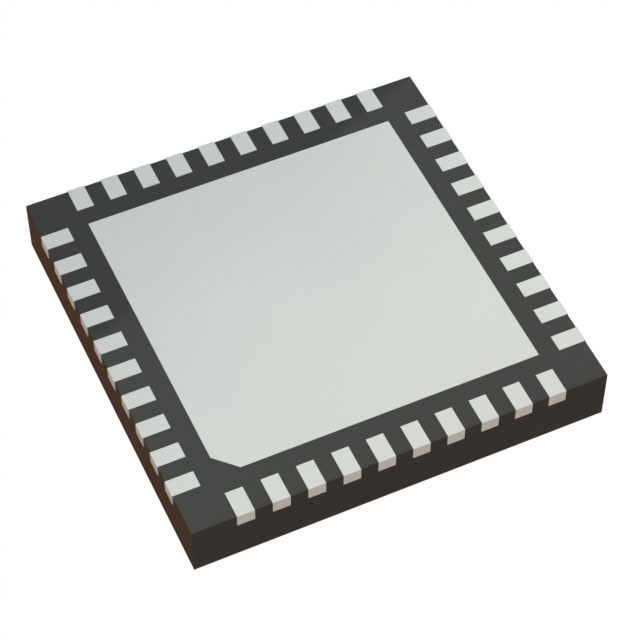
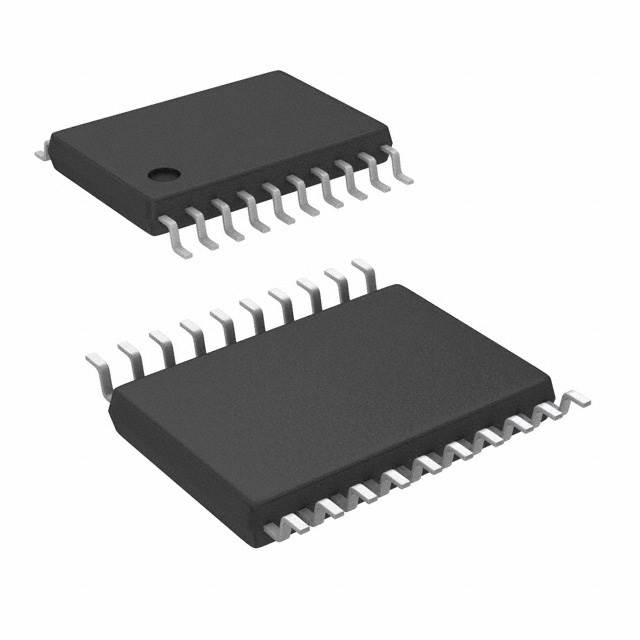
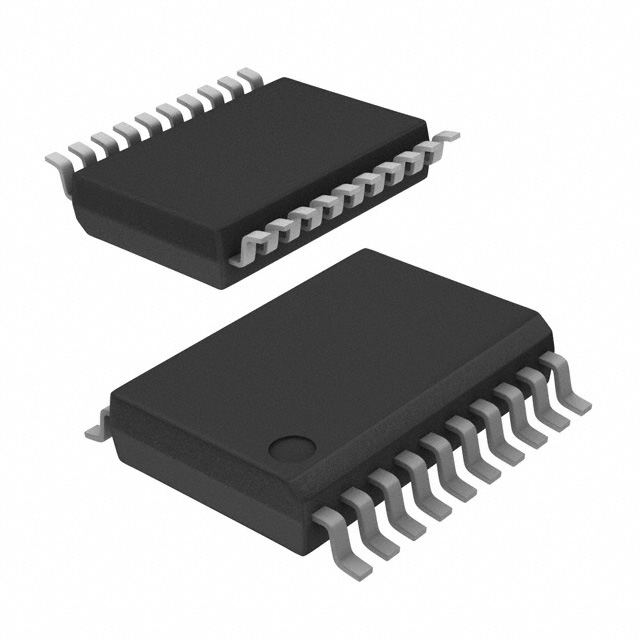
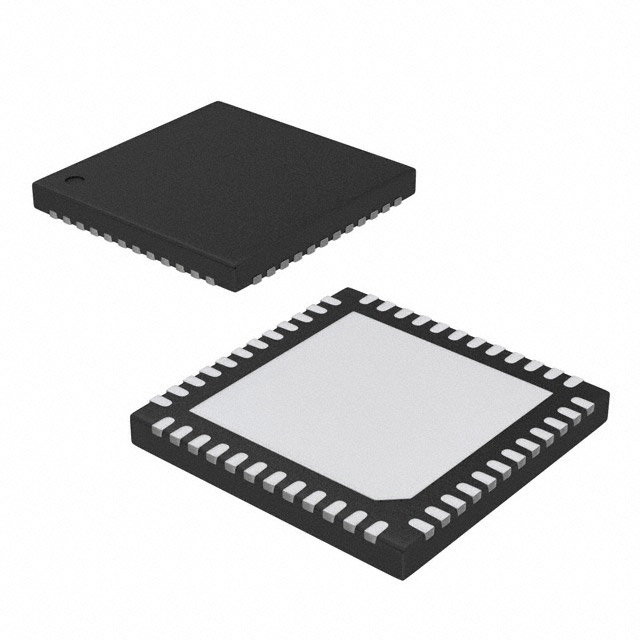
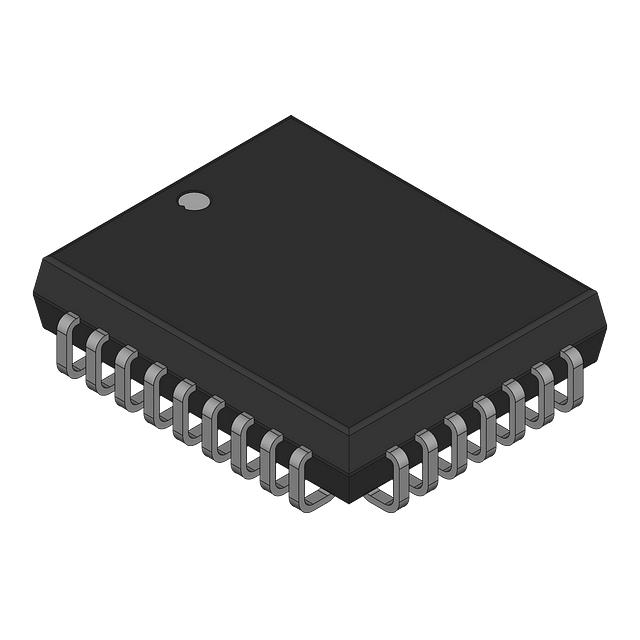
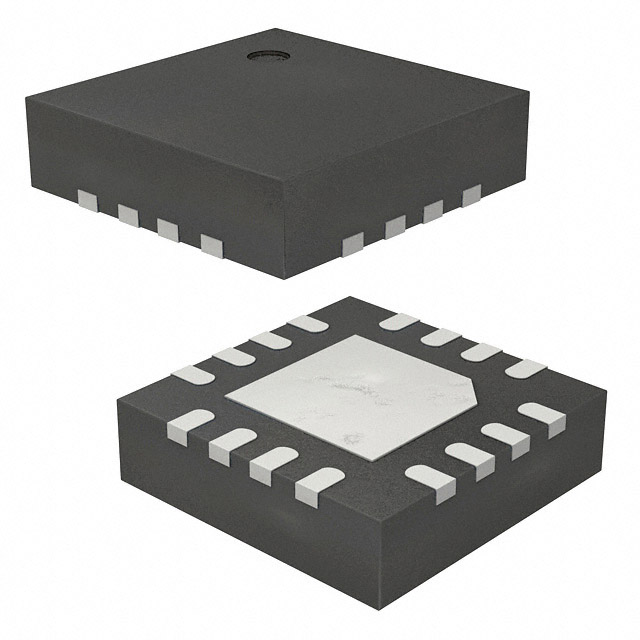
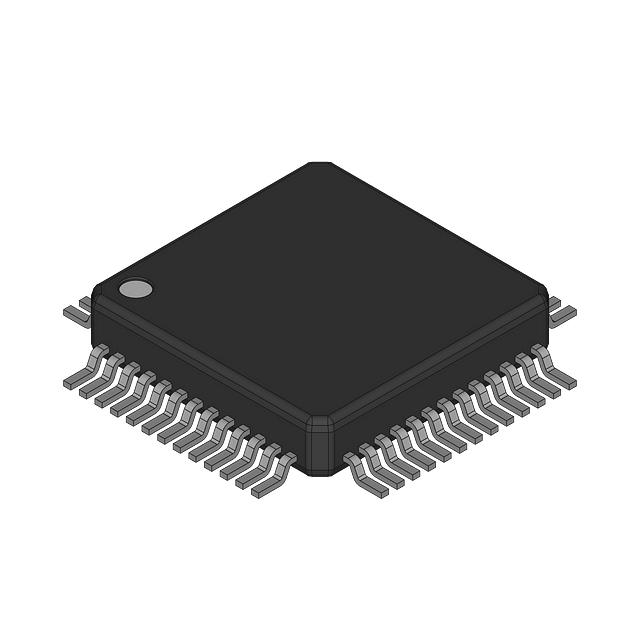
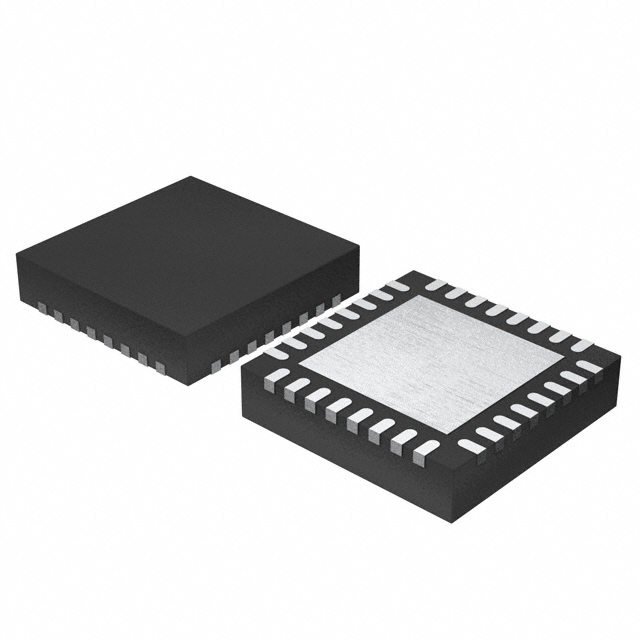
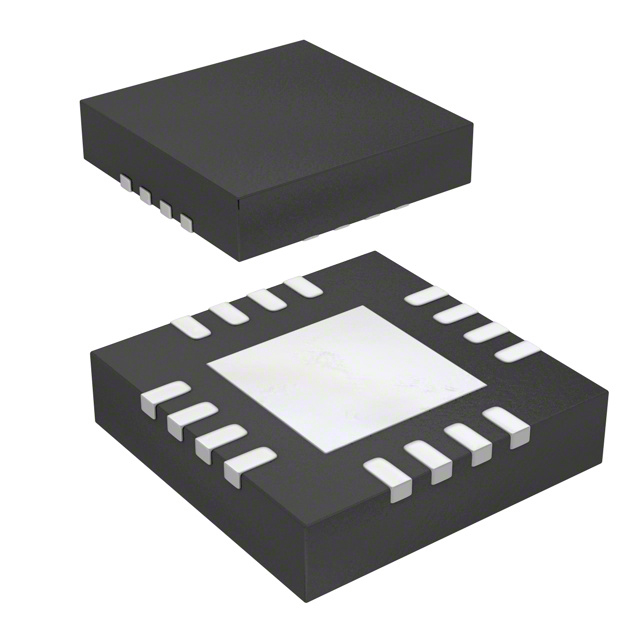
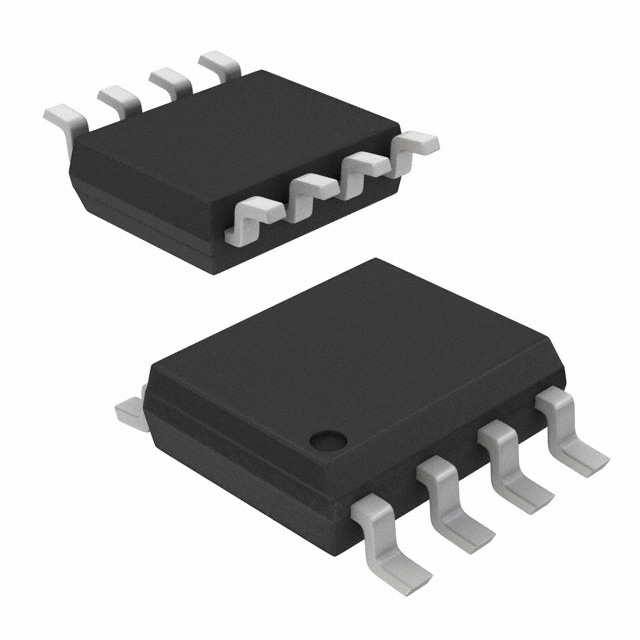
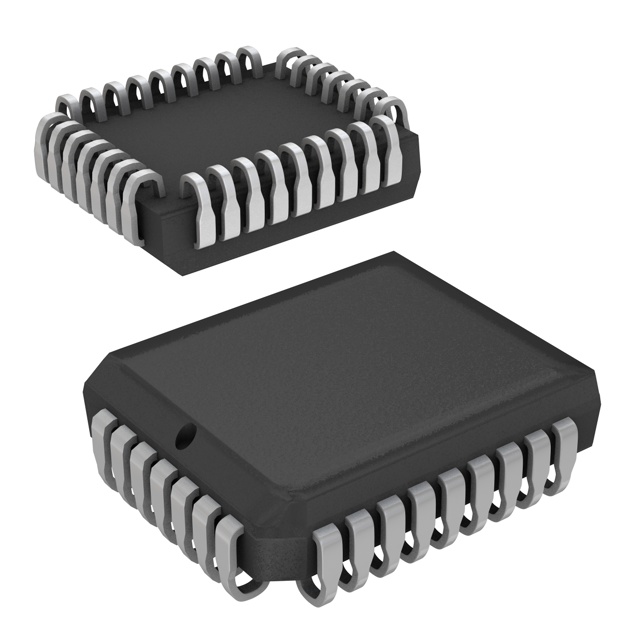










 Wishlist (0 Items)
Wishlist (0 Items)